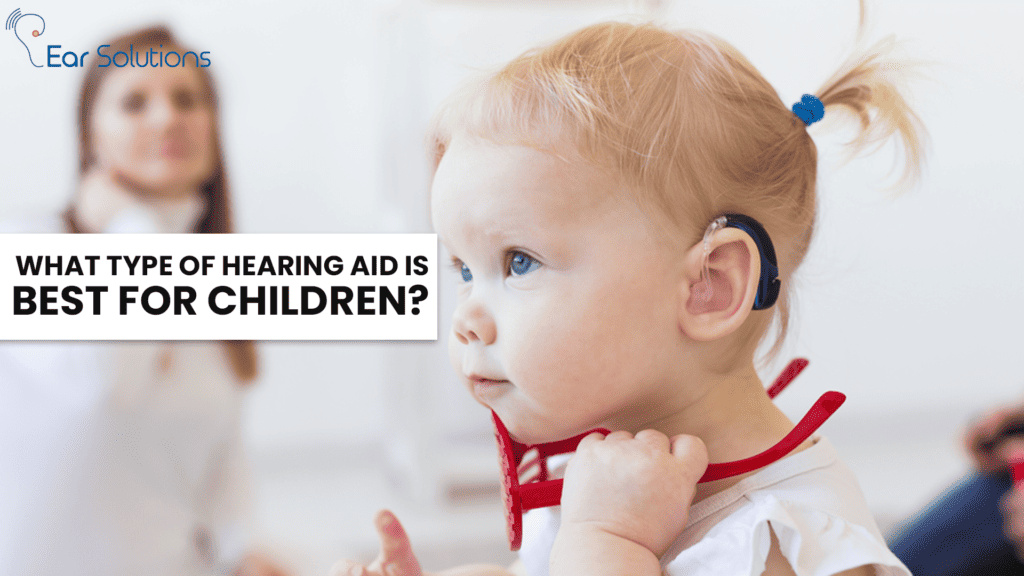When choosing a hearing aid for children, prioritizing durability, adaptability, and age-appropriate features is essential. Consider factors like tamper-resistant components and moisture resistance to suit the active lifestyles of children. The selection between different types depends on the child’s age and specific hearing needs. Consulting with a pediatric audiologist is crucial to identify the most suitable hearing aid without specifying any particular model or style, ensuring optimal support for the child’s development and hearing requirements.
Table of Contents:
- Introduction
- Understanding Pediatric Hearing Loss
- Importance of Timely Intervention
- Different Types of Hearing Aids for Children
- Considerations When Choosing a Hearing Aid for a Child
- Fitting and Adjustment Process
- Conclusion: Empowering Children through Hearing Solutions
- Frequently Asked Questions (FAQs)
Introduction
Hearing loss in children can impact their speech and language development, social interactions, and overall quality of life. Choosing the right hearing aid for a child is a crucial decision that requires careful consideration. This comprehensive guide aims to provide parents, caregivers, and healthcare professionals with insights into the different types of hearing aids available for children and the factors to consider when making this important choice.
Read The journey to Better Hearing : Hearing Aids for Newborns
Understanding Pediatric Hearing Loss
Before delving into the world of hearing aids, it’s essential to understand the unique aspects of pediatric hearing loss. This section will explore the causes, prevalence, and potential impact of hearing impairment on a child’s development.
Importance of Timely Intervention
Early intervention is key to mitigating the impact of hearing loss on a child’s development. We’ll discuss the significance of timely detection and intervention, emphasizing the role of hearing aids in providing auditory stimulation during critical developmental stages.
Different Types of Hearing Aid
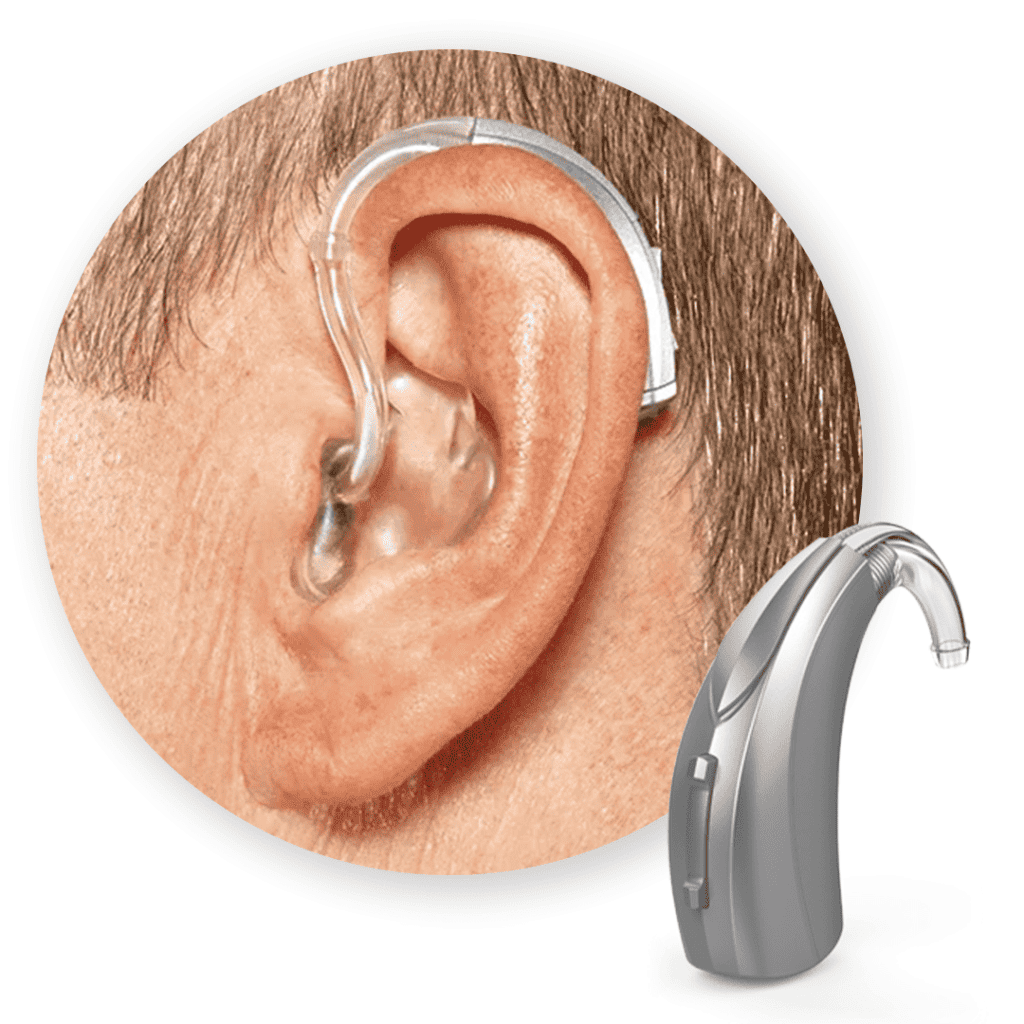
Behind-the-Ear (BTE) Hearing Aids
BTE hearing aids are a popular choice for children due to their versatility and suitability for various degrees of hearing loss. We’ll explore the advantages and considerations when opting for BTE hearing aids for children.
In-the-Ear (ITE) Hearing Aids
ITE hearing aids are custom-molded to fit the child’s ear, providing a discreet and comfortable solution. We’ll discuss the suitability of ITE hearing aids for different age groups and hearing needs.
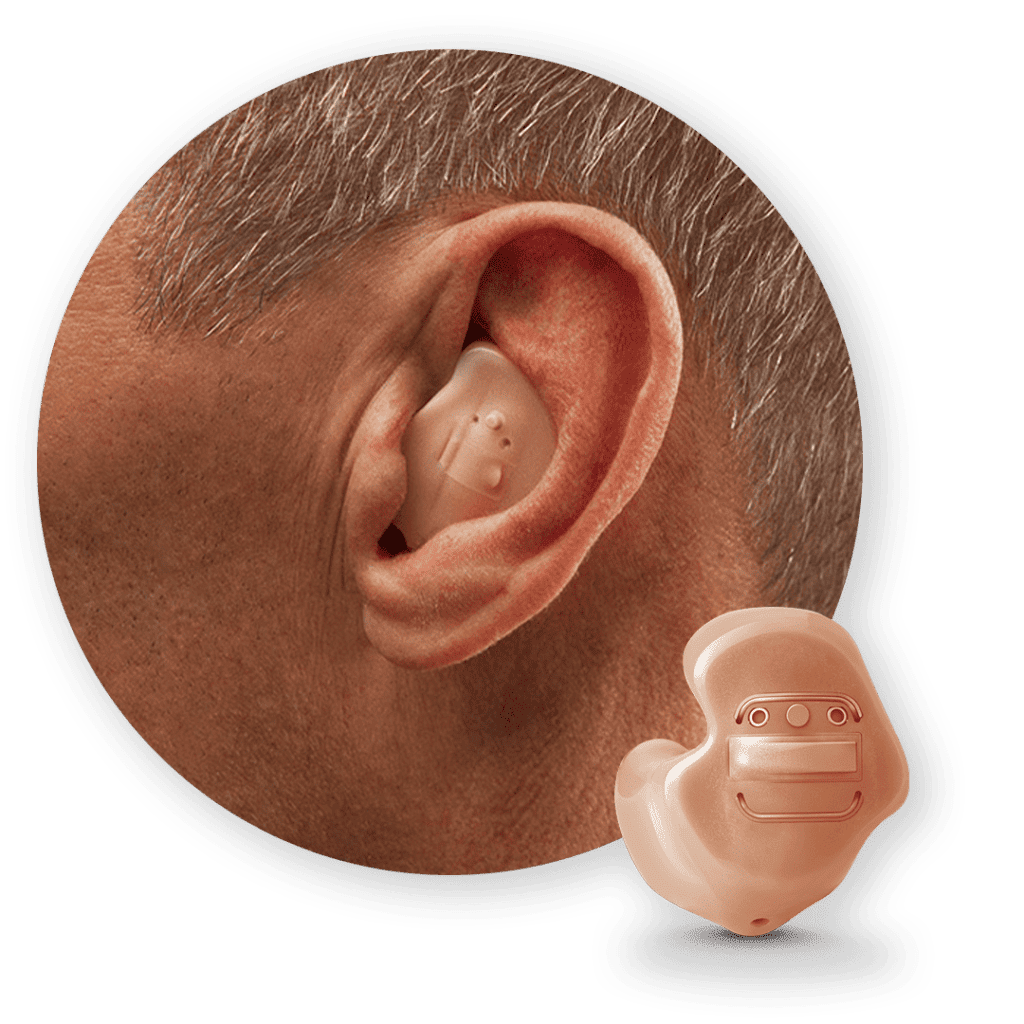
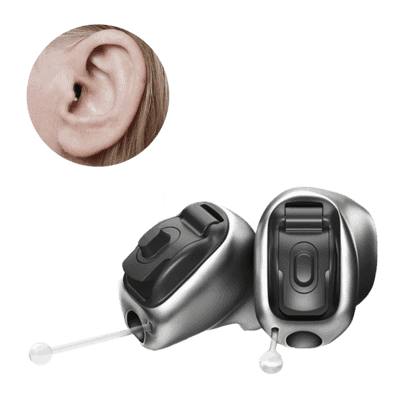
In-the-Canal (ITC) and Completely-in-the-Canal (CIC) Hearing Aids
ITC and CIC hearing aids offer a more inconspicuous design, appealing to older children and teenagers. We’ll delve into the considerations for choosing these smaller, more discreet options.
Bone Conduction Hearing Aids
Bone conduction hearing aids transmit sound through vibrations in the skull, making them suitable for certain types of hearing loss. We’ll explore the applications and considerations when opting for bone conduction solutions for children.
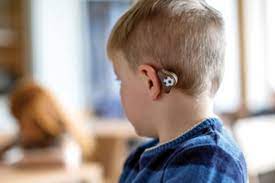
Considerations When Choosing a Hearing Aid for a Child
Hearing Aid Design and Durability
Children lead active lives, and their hearing aids need to withstand various activities. We’ll discuss the importance of durable designs that can withstand the wear and tear of daily activities.Age-Appropriate Features and Controls
Hearing aids for children should have features and controls suitable for their age and developmental stage. This section will explore age-appropriate functionalities and user-friendly controls.Connectivity Options for Modern Lifestyles
In today’s digital age, connectivity is crucial. We’ll explore how hearing aids with modern connectivity options can enhance a child’s experience, allowing them to seamlessly connect to devices and technology.Pediatric Hearing Aid Brands
There are several reputable brands specializing in pediatric hearing aids. We’ll highlight some of the leading brands known for their commitment to developing innovative and effective solutions for children.Personalization for Comfort and Style
Children may be more inclined to wear their hearing aids if they are comfortable and visually appealing. This section will discuss the importance of personalization options for both comfort and style.
Fitting and Adjustment Process
The fitting and adjustment process for pediatric hearing aids is crucial to ensuring optimal performance. We’ll provide insights into what parents can expect during the initial fitting and subsequent adjustments as the child grows.
Overcoming Challenges: Tips for Parents
Parental involvement is essential for the success of pediatric hearing aid use. This section will offer practical tips for parents, addressing common challenges and fostering a positive hearing aid experience for their child.
Conclusion: Empowering Children through Hearing Solutions
In the conclusion, we’ll summarize the key points discussed in the guide, emphasizing the importance of early intervention and the role of appropriate hearing aids in empowering children with hearing loss.
Frequently Asked Questions (FAQs)
Q1: At what age can a child be fitted with hearing aids?
Hearing aids can be fitted for children of various ages, including infants. Early intervention is crucial for optimal speech and language development. If there are concerns about your child’s hearing, consulting with a pediatric audiologist is recommended to determine the appropriate time for a hearing evaluation and potential hearing aid fitting.
Q2: How do I know which type of hearing aid is best for my child's specific needs?
The type of hearing aid best suited for your child depends on factors such as the degree and type of hearing loss, age, lifestyle, and personal preferences. A pediatric audiologist will conduct a comprehensive assessment and guide you in selecting the most appropriate hearing aid that addresses your child’s unique needs and enhances their overall auditory experience.
Q3: What features should I look for in a hearing aid for my child?
When selecting a hearing aid for a child, consider features such as durability, age-appropriate controls, connectivity options, and personalization for comfort and style. Features that cater to a child’s active lifestyle and developmental stage are essential. Consulting with a hearing healthcare professional can help you identify hearing aids with the most suitable features for your child.
Q4: How often should my child's hearing aid be adjusted or upgraded?
Children’s hearing needs change as they grow. Regular follow-up appointments with a pediatric audiologist are essential to monitor your child’s hearing and make any necessary adjustments to the hearing aid settings. Depending on the model and your child’s development, hearing aids may need to be upgraded to accommodate changes in hearing requirements.
Q5: Are there support programs or resources available for families with children using hearing aids?
Yes, there are various support programs and resources available to assist families with children using hearing aids. Many hearing aid manufacturers offer educational materials, online resources, and support groups. Additionally, pediatric audiologists and local organizations may provide guidance and connect families with valuable support networks. It’s beneficial to explore available resources to ensure a supportive and informed journey for both parents and children.

